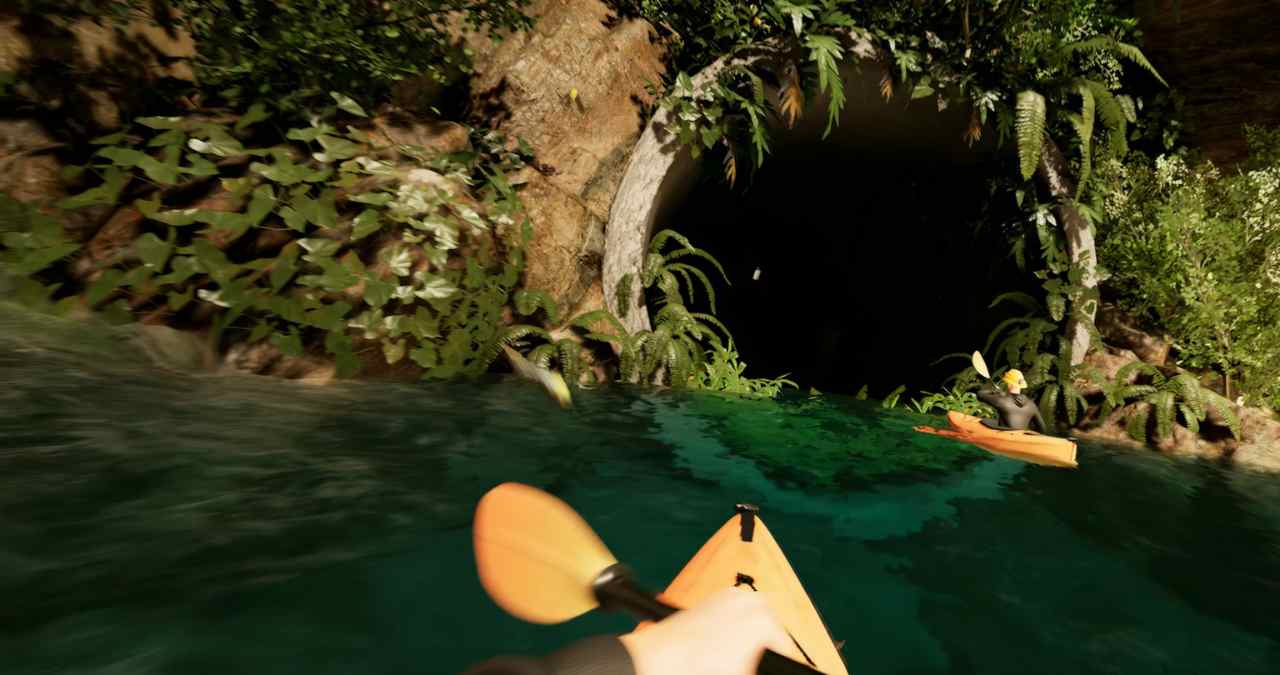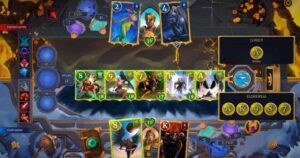Kayak VR: Mirage just got a new destination, and it’s a dramatic shift in tone from Arctic ice and Norwegian fjords. The latest update adds a Yucatán-inspired route, giving players a chance to navigate dense jungle waterways from the comfort of their headset.
This isn’t just a visual refresh. It’s a new style of experience that leans into slow, atmospheric exploration with just enough environmental storytelling to keep things from feeling static.
A new biome with a different rhythm
The Yucatán map moves away from wide-open coastlines or icy cavern runs. Instead, it focuses on tighter paths, shallow rivers, and lush foliage that surrounds and sometimes crowds the player’s view.
You can feel the density of the game’s atmosphere, paddling under tree cover, weaving between limestone outcrops, and watching for subtle environmental cues. There’s a mix of wildlife, sun shafts through the canopy, and ambient soundscapes that change based on time of day.
It’s not built for speedruns. The layout encourages slower movement, using the motion controls more deliberately to stay centered in narrow channels.
Technical polish and immersion details
Like the other maps in Kayak VR, Yucatán benefits from high-fidelity visuals that do more than just look good in screenshots. Light diffusion, water clarity, and sound spatialization are tuned to sell the mood. You can hear insects echo through the trees, or the muffled splash of your paddle in shaded coves.
There’s also subtle detail work small birds in the treetops, underwater glimpses of fish, and reactive foliage. These aren’t gameplay mechanics, but they build a layer of immersion that’s been key to the game’s identity from the start.
Performance remains stable across supported platforms. The update doesn’t push beyond the engine’s known limits, and even on Quest, it maintains great visual consistency.
Gameplay implications and user feedback
The Yucatán route doesn’t introduce major mechanical changes. Races are still available, but optional. Free roam is where this map shows its strength. It’s more meditative than competitive, and that fits with the growing audience that uses VR for passive or calming experiences.
There’s also the broader context: Kayak VR is one of the few VR games that keeps expanding without losing its core loop. New maps add variety, not complexity. That might not satisfy players looking for systems depth, but it supports a design philosophy built around presence and mood rather than progression.
The update feels less like a content drop and more like a new chapter in a travel series. And that’s exactly the point.
Virtual Reality Explorer & Game Reviewer
Always the first to plug in. VRSCOUT dives head-first into the most immersive VR worlds, analyzing mechanics, comfort, innovation, and that elusive “presence” factor. If he says it’s worth it, it probably is.




